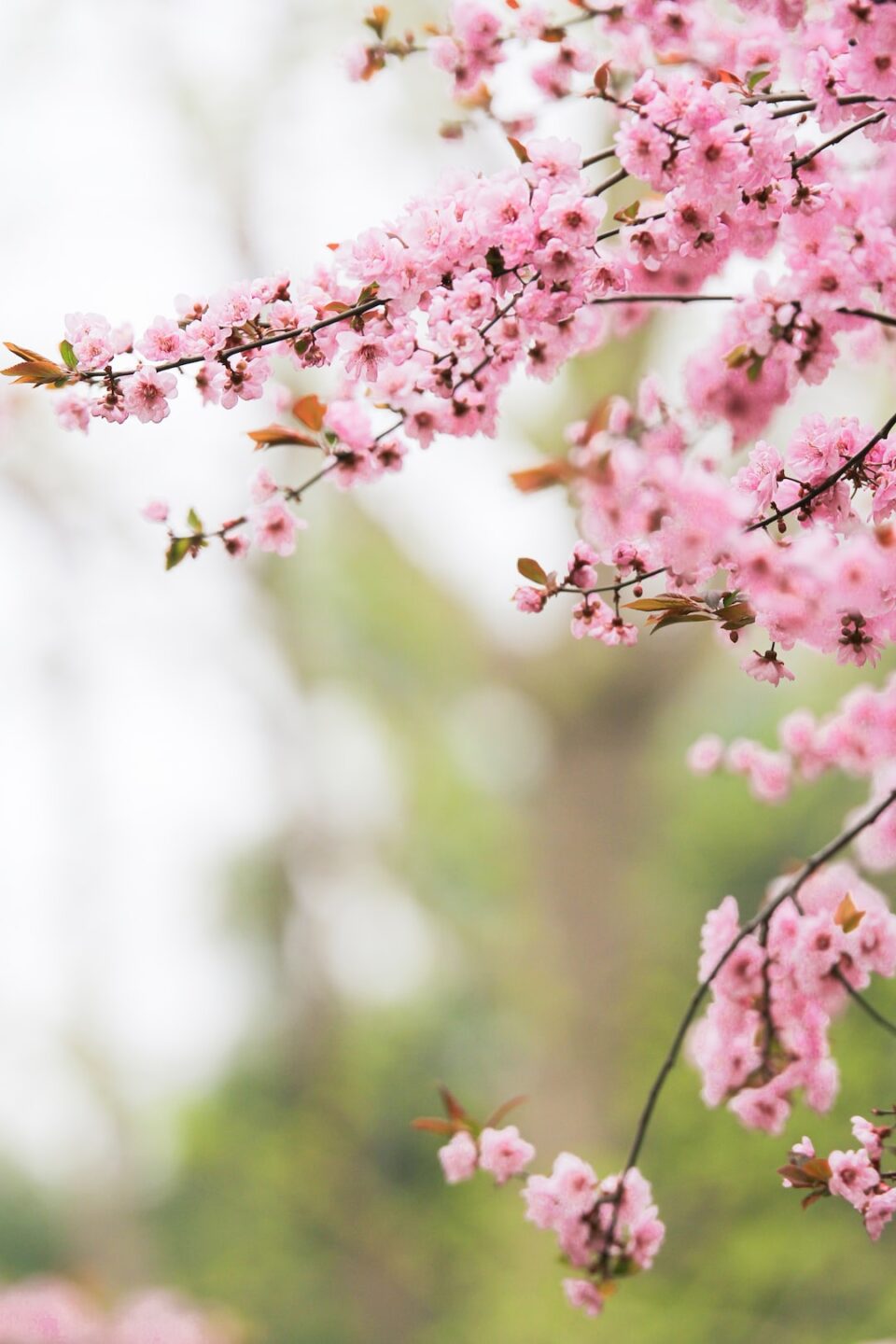If you’re an avid gardener or have recently discovered your green thumb, starting plants from seeds can be a rewarding and cost-effective way to kickstart your garden. While it may seem daunting at first, with a little knowledge and preparation, you can ensure a successful garden by mastering the basics of seed starting. In this blog post, we will guide you through the essential steps to help you grow strong and healthy seedlings.
1. Choosing the Right Seeds:
Before you can even begin the process of seed starting, it’s crucial to select the right seeds for your garden. Consider the climate, soil conditions, and the amount of sunlight your garden receives. Different plants have varied requirements, so take note of their ideal growing conditions. Additionally, opt for high-quality seeds from reputable suppliers to ensure better germination rates.
2. Gathering Supplies:
To start your seeds, gather the necessary supplies. You’ll need seed starting trays or pots, seed starting mix, plant markers, a watering can or spray bottle, and clear plastic covers or a humidity dome. Additionally, having a grow light or a sunny windowsill will provide the necessary light for germination and growth.
3. Preparing the Growing Medium:
Seed starting mix is crucial for ensuring your seeds have a healthy environment to grow in. It’s important not to use regular garden soil, as it may contain diseases or pests. Seed starting mixes are lightweight, sterile, and provide the ideal balance of moisture retention and drainage. Fill your trays or pots with the seed starting mix, leaving a little space at the top for watering.
4. Sowing Seeds:
Follow the instructions on your seed packets to determine the seed depth and spacing. Most seeds are sown at a depth that is two to three times their diameter. Gently press the seeds into the soil and cover them lightly with the seed starting mix. Label each tray or pot with the name of the plant and the date of sowing. This will help you keep track of your plants’ progress.
5. Providing the Right Environment:
Seeds require consistent moisture and warmth to germinate. Cover your trays or pots with clear plastic covers or humidity domes to create a greenhouse-like environment. Place them in a warm location, ideally around 70-75°F. Avoid exposing your seeds to direct sunlight until they have sprouted, as it can cause overheating.
6. Care and Maintenance:
Once your seeds have germinated, remove the plastic covers to prevent moisture buildup and fungal growth. Place them in a location with bright, indirect light, or under a grow light. Water your seedlings gently from the bottom by placing the trays in a shallow tray filled with water. This allows the roots to absorb water without disturbing the delicate seedlings. Monitor the moisture levels and ensure the soil remains damp but not soaking wet.
7. Transplanting and Growing On:
As your seedlings grow, they will outgrow their trays or pots and require more space for their roots to develop. Transplant them into larger containers or to your garden once the danger of frost has passed and they have gained some strength. Harden off the seedlings gradually by exposing them to outdoor conditions for increasing periods each day. This will help them acclimate to the new environment and prevent transplant shock.
By following these basic steps, you’ll be well on your way to successfully starting your garden from seeds. Remember to be patient and attentive to the needs of your plants. With proper care, your seedlings will grow into thriving plants, providing you with a beautiful and bountiful garden. Happy gardening!

